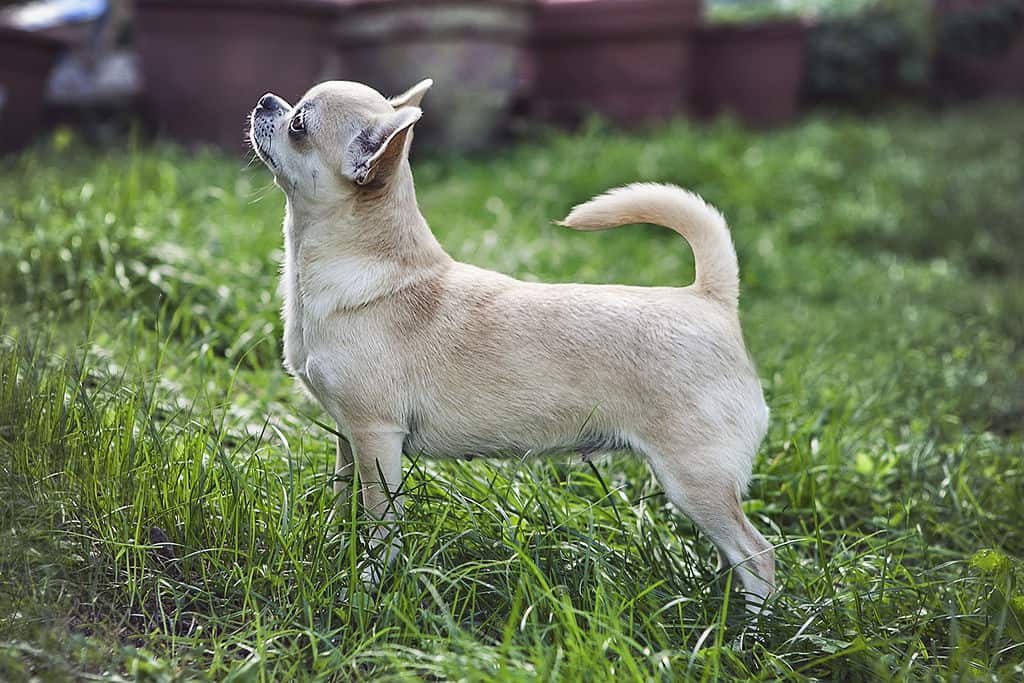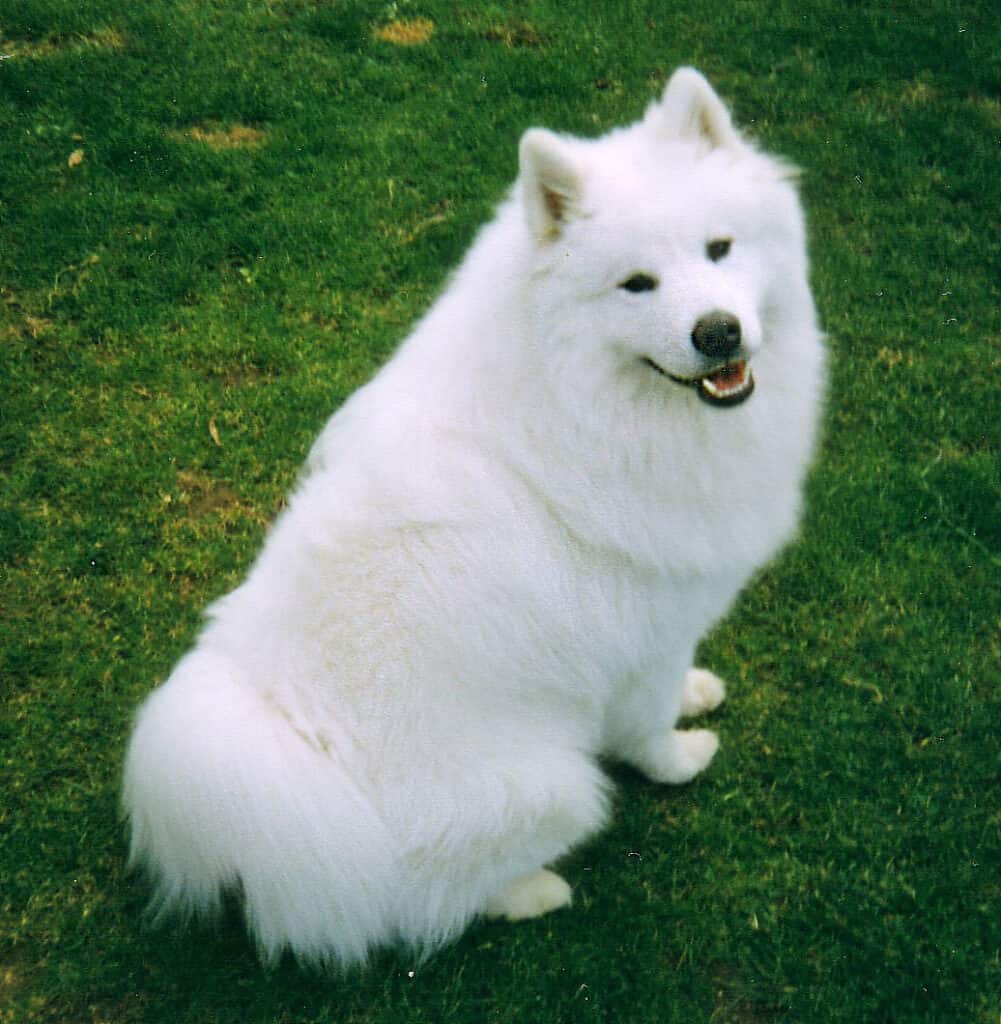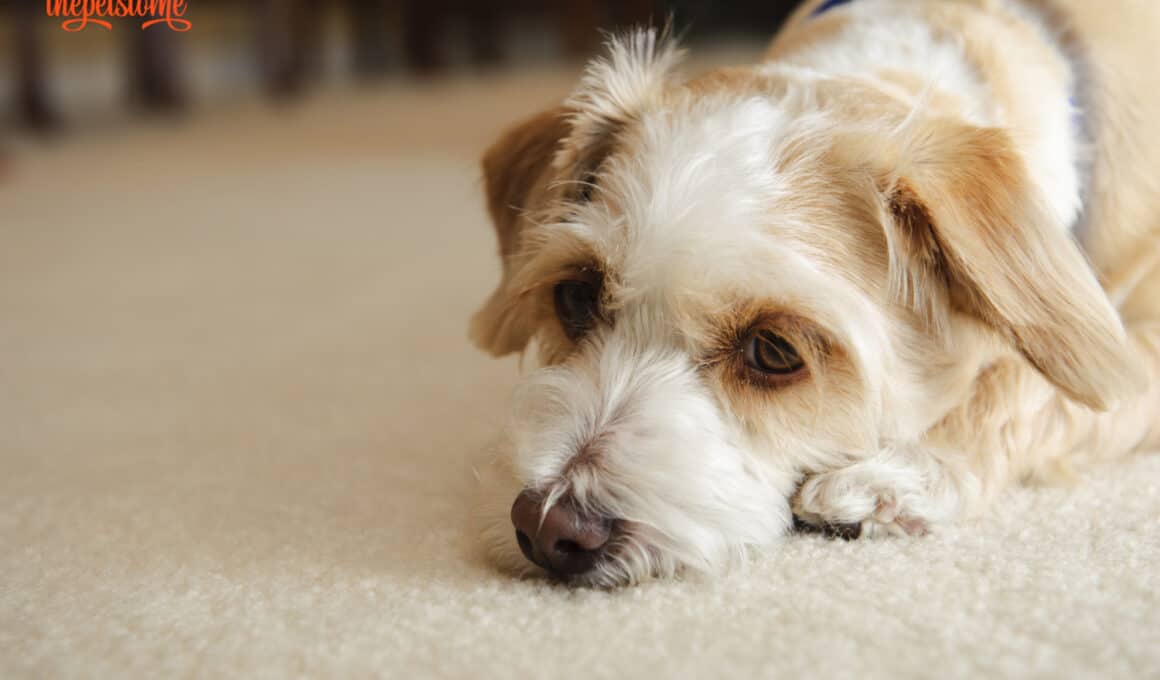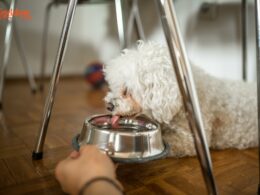Table of Contents Show
As a pet parent, it can be tough to see your dog lying around, uninterested in the toys you’ve brought home from the pet store. Understandably, you may feel concerned, even anxious, about what’s causing your dog’s sudden change in behavior. Is it a sign of an underlying medical issue? Or maybe, is it because he’s bored with his old toys?
Before jumping to conclusions, it’s essential to understand that some dogs may have trouble entertaining themselves. I have had similar issues with my dog, and with so much research and a talk with the vet, I came to understand that it’s not a matter of being lazy or uninterested; rather, it could be due to their breed or personality traits.
For example, some dogs may be more independent and prefer to keep to themselves, while others may crave constant attention and interaction.
In this article, we will discuss some tactics on what to do when your dog doesn’t play alone. We will explore various factors contributing to the issue and offer practical solutions to encourage playtime and keep your furry friend healthy and happy. So, let’s dive in and learn how to make playtime fun for your dog again.

Understanding Your Dog’s Personality and Breed
The first step is getting an understanding of your pup’s personality and breed. Different breeds have different temperaments, affecting their willingness or ability to engage in independent activities.
For example, some dogs are bred for companionship and fit perfectly in a household with kids while others were bred for hunting or herding; these differences can influence the way they interact with their environment.
Additionally, each individual dog has its own unique personality traits that should also be taken into consideration when trying to foster independent playtime.
7 Reasons Why Dogs Won’t Play By Itself
There could be several reasons why your pup isn’t engaging in solo activities and we will explore 7 of these reasons;
1. Separation Anxiety
Dogs who experience separation anxiety may become overly attached to their owners and struggle to engage in activities independently. This anxiety can lead to destructive behavior and an unwillingness to play alone.
2. Past Trauma
Dogs who have experienced past trauma, such as abuse or neglect, may struggle with trust issues and feel anxious or fearful when left alone, making it challenging to play alone.
3. Health Issues
Pain or discomfort caused by health issues such as arthritis or dental problems can make playtime uncomfortable for dogs.
4. Boredom
Dogs may become bored with their toys or activities over time, leading to a lack of interest in playing alone.
5. Aging
As dogs age, their energy levels may decrease, making it more challenging to engage in high-intensity activities. This can lead to a lack of interest in playing alone.
6. Unfamiliar Surroundings
Dogs in unfamiliar environments or situations may feel anxious or uneasy, making it difficult for them to engage in activities independently.
7. Lack of Exercise
Dogs need daily exercise and movement to stay healthy and happy. Dogs who don’t get enough exercise may feel lethargic and uninterested in activities, including playtime.

How To Get Your Dog To Play By Himself
Once you’ve identified the underlying cause, it’s time to start working on getting your pup interested in independent playtime. Here is what to do and how to go about it;
1. Provide Plenty Of Toys
Make sure your dog has a variety of toys to play with, such as interactive toys, chew toys, and puzzle toys. Rotate the toys so your dog doesn’t get bored with the same ones. You can also try providing them with various objects to explore such as cardboard boxes, paper bags, and old blankets.
2. Set Up A Routine
Set a regular routine for your dog’s playtime. This will help your dog understand when it’s time to play and when it’s time to relax.
3. Encourage Independence
Encourage your dog to play by himself by providing toys that can be played with independently. For example, a puzzle toy with hidden treats will keep your dog busy and mentally stimulated. Additionally, make sure they have plenty of space to move around in so they don’t feel confined while playing alone.
4. Use Positive Reinforcement
Reward your dog when he plays independently with treats or praise. This will encourage him to continue playing by himself.
5. Gradually Increase Playtime
Start with short play sessions and gradually increase the time your dog plays by himself. Provide positive reinforcement when they engage in independent activities so they learn that these behaviors are desirable and rewarding! This will help your dog build his attention span and stay engaged for longer periods of time.
6. Don’t Force It
If your dog doesn’t want to play by himself, don’t force him. Forcing your dog to do something he doesn’t want to do can get him scared and also possibly get you to lose your temper. Some dogs prefer to play with their owners, so respecting your dog’s preferences is important. Make sure to take all the necessary steps to encourage your dog to play by himself and allow things to happen naturally.

Common Mistakes To Avoid When Fostering Playtime
When trying to get your pup interested in solo playtime, there are some common mistakes you should avoid;
- Don’t force them into activities if they seem uninterested, as this could lead to negative associations with the activity itself, making it harder for them to engage independently later on.
- Usually, forcing dogs to perform some exercises can cause them to prefer to stay in a different room.
- Also, be careful not to overstimulate them; too much stimulation can lead to anxiety or aggression, which is not conducive to independent play.
- Be sure not to forget to provide plenty of breaks; it’s important for your pup to have time away from the activity so they can relax and recharge.
Final Thoughts
If your dog won’t play by himself, there are several things you can do to encourage independent play.
Providing plenty of toys, establishing a routine, encouraging independence, using positive reinforcement, gradually increasing playtime, and respecting your dog’s preferences are all effective strategies to help your dog learn to play by himself.
Remember, every dog is different, so it may take some trial and error to find the best approach for your furry friend. With patience and persistence, you can help your dog become more independent and enjoy playing on his own.














